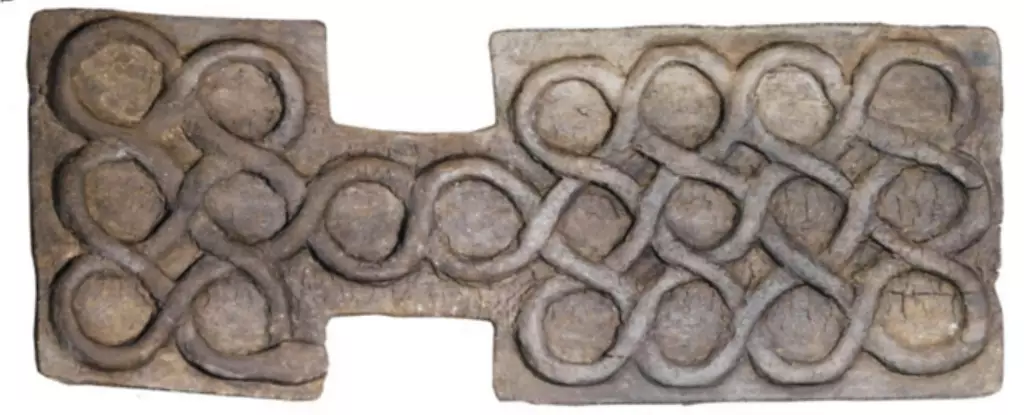When one considers the history of board games, many people think of classics like chess, checkers, or even the various Monopoly editions that have graced living rooms for generations. Yet, the exploration of board games can lead us to an astonishing find from Shahr-i Sokhta, a site in southeastern Iran that dates back around 4,500 years. Discovered within a grave during excavations carried out in 1977, this ancient board game not only provides entertainment insights but also serves as a vital clue to understanding social interaction and leisure practices of ancient civilizations.
The archaeological retrieval from Shahr-i Sokhta revealed a Near Eastern game set, consisting of a board, 27 game pieces, and four uniquely circular-shaped dice nestled among 20 spaces designed to hold the pieces. Unlike the renowned Royal Game of Ur, which shares historical roots yet is markedly different, the game from Shahr-i Sokhta presents a tantalizing riddle. The difficulty of deciphering its exact rules highlights how even something as seemingly straightforward as a board game can evolve over millennia, leading to obscured legacies.
In recent endeavors, a collaboration between computer scientist Sam Jelveh of the University of Essex and independent archaeologist Hossein Moradi has culminated in an effort to reconstruct what they believe to be the rules for this ancient pastime. By engaging with both physical archaeological evidence and advanced computational modeling, they have unveiled an interpretation that acknowledges the unique aspects of Shahr-i Sokhta’s gaming pieces.
The researchers began their exploration by assessing both the physical attributes of the game and the successful outlines provided by other ancient games. Unlike the Royal Game of Ur, which has been more thoroughly examined, the game from Shahr-i Sokhta required innovative thinking to define its mechanics. Analyzing the recovered pieces revealed that there were two sets of ten ‘runner’ pieces designated for players, as well as additional star-shaped pieces functioning as ‘safe houses’ and cone-like pieces that likely acted as strategic blockers.
What stands out in their reconstruction is the board’s unique design—it is laid out to resemble a snake, comprising various sections, including a significant area for piece placement and a bridge pathway. This geometric outline establishes the game as not only a test of strategy and chance but also an enticing possibility for storytelling, comparable to the intricate designs of modern board games where thematic narratives play critical roles.
Historical Significance and Cultural Reflection
The broader implications of the researchers’ findings stretch beyond mere gameplay; it evokes reflections on social behavior in ancient civilizations. The gaming culture observed during the height of Shahr-i Sokhta, around 2600-2400 BCE, illustrates a hub of interaction, creativity, and leisure. This community came to prominence within a world where such games served not just as entertainment, but potentially as forums for social networking and competition, reminiscent of contemporary board game gatherings today.
Multiple archaeological sites in the region have revealed over a hundred different games from similar periods, underscoring an expansive tradition of leisure activities. The variations of materials and designs showcase the pronounced engagement with gameplay across cultures, hinting at an underlying bond that transcends geographical boundaries.
Today, as board games undergo a resurgence in popularity, the age-old enjoyment of gameplay persists. The analytical approach applied by Jelveh and Moradi not only breathes life into a centuries-old pastime but also caters to the ongoing fascination with the art of gaming. Their proposed rules, although speculative, provide a window into a lost time, ushering modern players to experience a bond with the ancients through a shared activity enjoyed throughout the ages.
The game unearthed from Shahr-i Sokhta serves as a palpable link connecting past societies with contemporary players. As families gather around tables, pushing pieces along intricate boards, they unwittingly mirror ancient interactions that took place thousands of years ago, emphasizing the timeless nature of play in human culture. The continuous study of these historical artifacts enriches our understanding of human connection and entertainment, proving that the joy of the game is indeed a universal language.


Leave a Reply